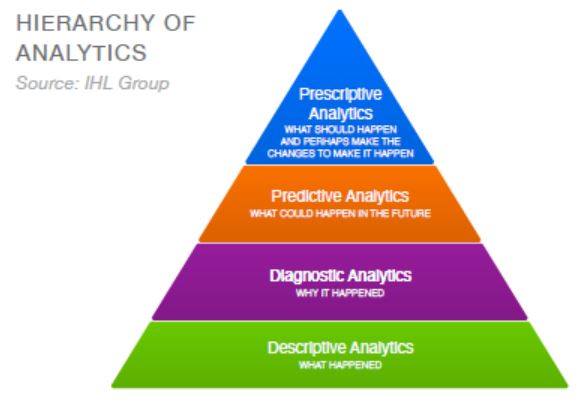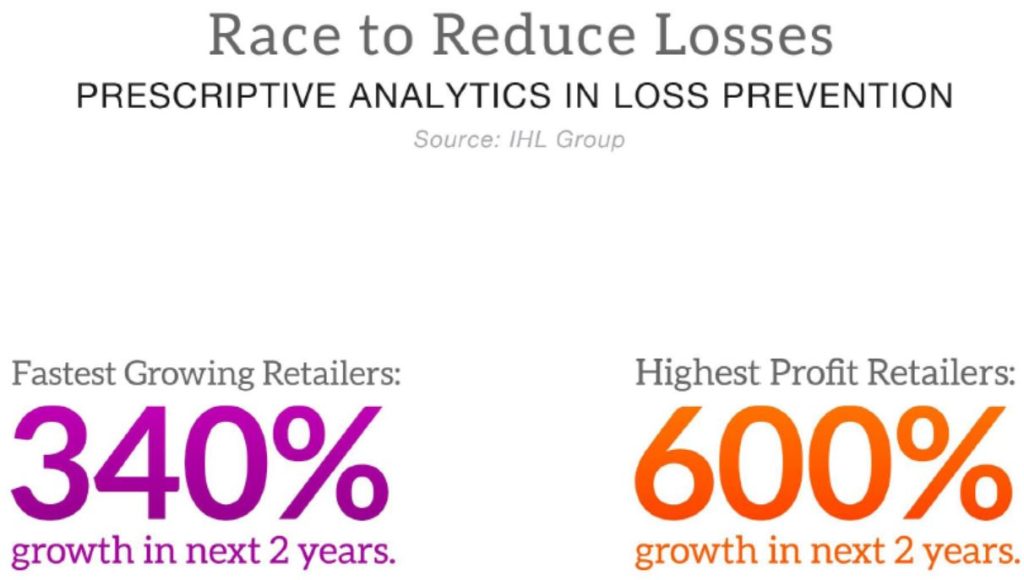Analytics in the Retail Enterprise: Paving the Way for the Future
Retail Analytics
In today’s retail environment, understanding data is no longer a luxury but a necessity. The rapid growth of e-commerce, evolving customer behaviors, and the sheer amount of data generated have made analytics an indispensable tool for retailers. Basically, retail analytics not only provide insights into past performances (descriptive analytics) but also predict future trends (predictive analytics), ensuring retailers remain a step ahead in the ever-changing marketplace.
Types of Analytics
Retail analytics can be broadly categorized into four main types, each serving a unique purpose:

Descriptive Analytics
This is the starting point for most retailers. By analyzing historical data, it answers the question, “What has happened?” Accordingly, in 2022, 47% of retailers heavily utilized descriptive analytics, shining light on past performances and understanding sales trends.
Diagnostic Analytics
Delving deeper, this type answers, “Why did it happen?” It’s a detailed exploration, accounting for 31% of retailers’ analytics endeavors, helping them pinpoint causes behind sales patterns or customer behaviors.
Predictive Analytics
As the name suggests, predictive analytics predicts future outcomes based on past and present data. It’s an area seeing rapid growth, with 16% of retailers adopting it to forecast sales, customer behaviors, and inventory demands.
Prescriptive Analytics
The most advanced form, it suggests actionable measures based on predictions. Currently, only 6% of retailers use prescriptive analytics, but its value in decision-making is unparalleled.
Retail Use Areas
With vast amounts of data at their disposal, retailers apply analytics across multiple domains:
Loss Prevention
Advanced analytics can detect unusual patterns, helping in loss prevention. This is especially crucial given the expected 340% growth in prescriptive analytics use for loss prevention in the next two years.
Employee Performance
Analytics can provide insights into individual employee performance, helping in training, promotions, and other HR decisions.
Promotions Performance
Optimizing promotions is vital. As a result of using high-level prescriptive analytics for promotions, retailers reported a 23% higher performance than average.
Merchandising / Category Performance
Fully 21% of retailers focus on using analytics for merchandise and category management. Evidently, the right product mix and placement can significantly influence sales.
Supply Chain Performance
Analytics in retail help streamline supply chain processes, ensuring timely deliveries and optimizing inventory levels.
Store Performance
In 2022, retailers expected a 13x higher sales growth for stores utilizing analytics, emphasizing the importance of data-driven strategies in physical locations.
Vendor Performance
With 13% of retailers focusing on analytics for vendor performance, maintaining productive vendor relationships and ensuring product quality has never been easier.
Benefits of Analytics
The benefits of embracing analytics in retail are manifold:
Insights for Decision-Making
The use of analytics in retail offers a clearer understanding of market trends, customer preferences, and operational challenges, facilitating informed decisions.
Enhanced Customer Experiences
By predicting what customers want, retailers can tailor their offerings, therefore enhancing satisfaction and loyalty.
Operational Efficiency
Analytics streamline operations, from supply chain to in-store management, driving cost efficiencies.
Value Added
The ROI of incorporating analytics is undeniable. Advanced analytics directly influence profitability, with a significant correlation seen in 2022 between analytics and profit margins. Moreover, 55% of profit winners plan to use prescriptive analytics in loss prevention because they recognize the value add of analytics in retail.
Where are the Best Retailers Investing
Leading retailers are aggressively investing in analytics. They recognize its potential, and they accordingly prioritize areas like merchandise/category management, expecting a 400% growth in the next two years. The focus remains on forward-thinking and leveraging analytics for future success.
What are the Key Solutions Being Deployed?
As the retail landscape shifts, so do the solutions:
Emerging Technology
New technologies such as AI-driven insights and real-time data processing are at the forefront of retail analytics.
Innovative Solutions
Retailers are exploring new avenues, with an emphasis on prescriptive analytics, expecting a 600% growth in the next two years in areas like loss prevention.
What’s Next?
The future of retail analytics is promising. With ongoing technological advancements and growing emphasis on data-driven strategies, analytics will become even more central to retail operations. As retailers become more adept at interpreting data, the retail landscape will evolve, focusing more on personalization, efficiency, and innovation. You can read more in our whitepaper titled, “The Retail Analytics Advantage”.